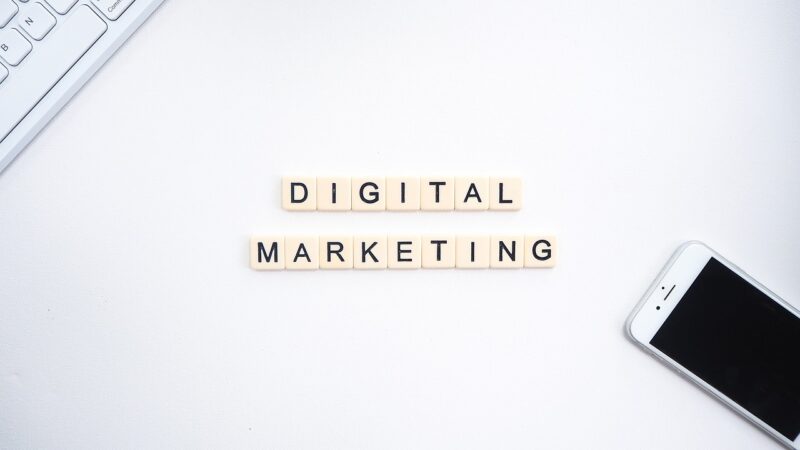Marketing Mavericks: Innovative Strategies That Are Changing the Game
November 17, 2024

In the ever-evolving world of marketing, businesses are constantly searching for innovative strategies to stand out in a saturated marketplace. As consumer behaviors shift and technological advancements unfold, marketing mavericks—visionaries who challenge the status quo—are pioneering new approaches that not only capture attention but also engender engagement and loyalty. This article dives into the innovative strategies that are revolutionizing marketing in 2023, highlighting case studies, insights, and practical tips that marketers can implement today.
1. The Rise of Personalization
Personalization has transformed from a mere trend to a crucial component of effective marketing. In a digital era where consumers are bombarded with information, tailored experiences ensure that brands remain relevant. By utilizing data analytics, companies can now customize content, products, and services based on individual preferences.
Examples of successful personalization include:
- Netflix: Utilizing algorithms to recommend shows and movies based on viewing history, ensuring a tailored user experience.
- Amazon: Offering personalized product recommendations and reminders based on prior purchases and browsing behavior.
To leverage personalization in your marketing strategy, begin by collecting relevant data from user interactions and feedback. Develop customized content that speaks directly to audience segments, creating a more engaging and effective marketing campaign.
2. Interactive Content: Engage and Retain
Interactive content is another game-changer in marketing. Polls, quizzes, and interactive infographics not only capture attention but also encourage participation, creating a deeper connection between brands and consumers. This type of content allows companies to create memorable experiences that go beyond traditional marketing.
Some standout examples of interactive content include:
- Buzzfeed Quizzes: Fun and shareable quizzes that encourage social engagement while promoting brand storytelling.
- IKEA’s Room Planner: A tool that allows customers to create and visualize their dream living spaces, making the shopping experience more interactive.
To implement interactive content into your marketing plan, start with identifying what engages your target audience. Utilize tools and platforms that allow for interactive elements and embed them into your campaigns to encourage active participation.
3. Sustainability as a Core Value
Today’s consumers are increasingly socially and environmentally conscious. Brands that emphasize sustainability as a core value tend to attract loyal customers who align with these principles. Marketing that informs consumers about a brand’s sustainable practices and commitments helps build trust and loyalty.
Notable examples include:
- Patagonia: Their marketing strategy promotes sustainable materials and ethical production processes while rallying consumers around environmental causes.
- The Body Shop: Fosters a strong narrative around ethical sourcing, animal cruelty-free products, and local community support, resonating with eco-conscious consumers.
To incorporate sustainability into your marketing strategy, start by assessing your company’s practices. Ensure that your brand’s message and actions are aligned with environmental ideals and communicate these values clearly to your audience.
4. Using AI and Automation for Enhanced Customer Experience
Artificial Intelligence (AI) and marketing automation tools allow brands to streamline processes and improve customer experiences. From chatbots that provide 24/7 customer service to automated email campaigns tailored to user engagement, these technologies free up time while ensuring personalized touchpoints.
Consider these examples:
- Sephora’s Virtual Artist: An AI feature that allows consumers to try on products virtually, enhancing the shopping experience through personalization.
- H&M’s AI Styling Service: Utilizing AI to provide personalized fashion recommendations based on user input and preferences.
To effectively integrate AI into your marketing strategy, evaluate customer pain points and identify areas where AI can improve efficiency or personalization. Automate responses and interactions wherever possible to provide immediate and relevant solutions to your consumers.
5. Harnessing the Power of Video Marketing
Video marketing continues to dominate, becoming one of the most effective ways to engage audiences. People are more likely to remember information presented in a video as opposed to text, making video a compelling tool for brand storytelling and product demonstrations.
Highlighting effective uses of video marketing:
- Dove’s Real Beauty Campaign: Focused on real women, this iconic campaign not only promoted body positivity but also showcased the focus on genuine narratives through video storytelling.
- Apple’s Product Launch Events: Engaging launch events streamed live to audiences globally, generating excitement and anticipation for new products.
To develop an effective video marketing strategy, aim for authenticity and clarity. Utilize storytelling techniques that align with your brand values to ensure your message resonates with your audience.
Conclusion
Innovation is at the heart of successful marketing strategies. From personalization and interactive content to AI integration and sustainability, these marketing mavericks are breaking barriers and creating impactful campaigns that resonate with modern consumers. As businesses adapt to these trends, embracing these innovative strategies will position them well in an ever-changing market landscape.
By keeping a finger on the pulse of consumer behaviors and leveraging new technologies, brands can stay ahead of the curve and engage more effectively with their target audiences.
In the words of marketing visionary Seth Godin, “Marketing is no longer about the stuff you make, but the stories you tell.” Embrace these innovative strategies to shape your brand’s narrative and engage your consumers in meaningful ways.






